Nikon introduces the new Ti-LAPP System
Laser Application System for Inverted Research Microscope Eclipse Ti
Nov. 11, 2013
Nikon Corporation (Makoto Kimura, President; Chiyoda-Ku, Tokyo,) is pleased to announce the new Ti-LAPP System, which offers various combinations of multiple epi-fluorescence modules to meet the demands of bioscience imaging.
The system will be exhibited at the 43rd annual meeting of the Society for Neuroscience (November 9-13, San Diego).
Product information
| Product Name | Ti-LAPP System (begin delete) Available from April 2014 (Revised on December 13, 2013) |
|---|
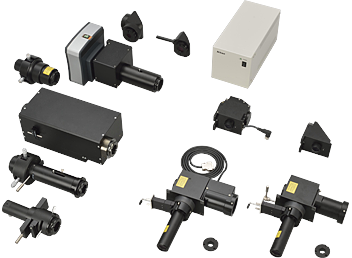
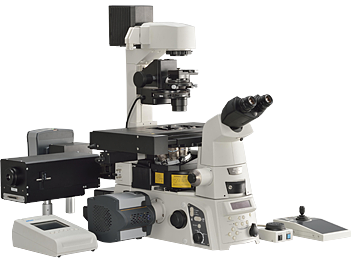
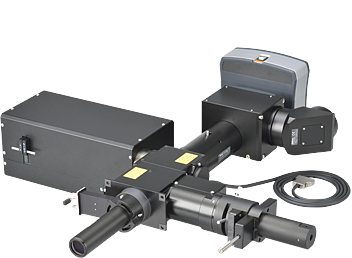
Development Background
Since the appearance of the TIRF*1 microscope in the bio-imaging field, cell membrane research and single molecule fluorescence imaging using live cells have become widespread. Furthermore, photostimulation*2 is being adopted to observe protein motion within cells and neuron networks with photo-sensitive proteins. Observation methods to understand the complicated functions of cells have become increasingly diverse and complex.
The newly launched Ti-LAPP System presents the functions of Epi-Fluorescence*3, TIRF, Photostimulation as individual modules, which can be combined to suit various observation requirements without modifying the inverted microscope Eclipse Ti. By facilitating future function changes or system upgrades, Nikon continues to support cutting-edge research with the inverted microscope Eclipse Ti.
- *1TIRF-Total Internal Reflection Fluorescence
A method to excite and observe only the fluorophore in the very narrow region (50-200 nm) adjacent to the coverslip using the phenomenon of total internal reflection. - *2Photostimulation
A method to irradiate live cells with light, cause a change in cells or the fluorescent substances within cells and observe changes in fluorescence intensity, wavelength and cell activity. - *3Epi-fluorescence observation
A method to observe the emissions from fluorescence-labeled samples excited by excitation light irradiated from the same direction as the samples are observed.
Main Features
1. High flexibility and high expandability
The inverted microscope Eclipse Ti can be customized to meet individual research needs by combining it with Ti-LAPP System modules. For example, it is possible to perform photostimulation during epi-fluorescence or TIRF observations by combining EPI-FL, H-TIRF and DMD Modules. Moreover, utilizing the Eclipse Ti’s “stratum structure” increases the number of observation methods possible with a single microscope.
This modularity benefits future function changes or system upgrades that will occur in accordance with changes in research methods.

2. Auto alignment function to simplify TIRF observations
The H-TIRF Module, using Imaging Software NIS-Elements, allows auto alignment of settings, such as laser incident angles and evanescent wave field penetration depths, required for TIRF observations. These parameters can be fine-tuned to best suit the needs of the individual user. Individual settings can be saved and recalled in order to easily repeat observations.
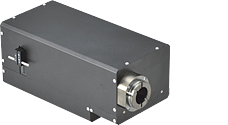
3. DMD Module offers a variety of photostimulation patterns
The DMD Module, controlled by Imaging Software NIS-Elements, enables multi-point photostimulation simultaneously in arbitrary areas and points to fit a complex cell shape or adjust to areas where florescence proteins are localized.
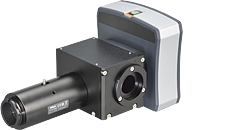
The information is current as of the date of publication. It is subject to change without notice.
